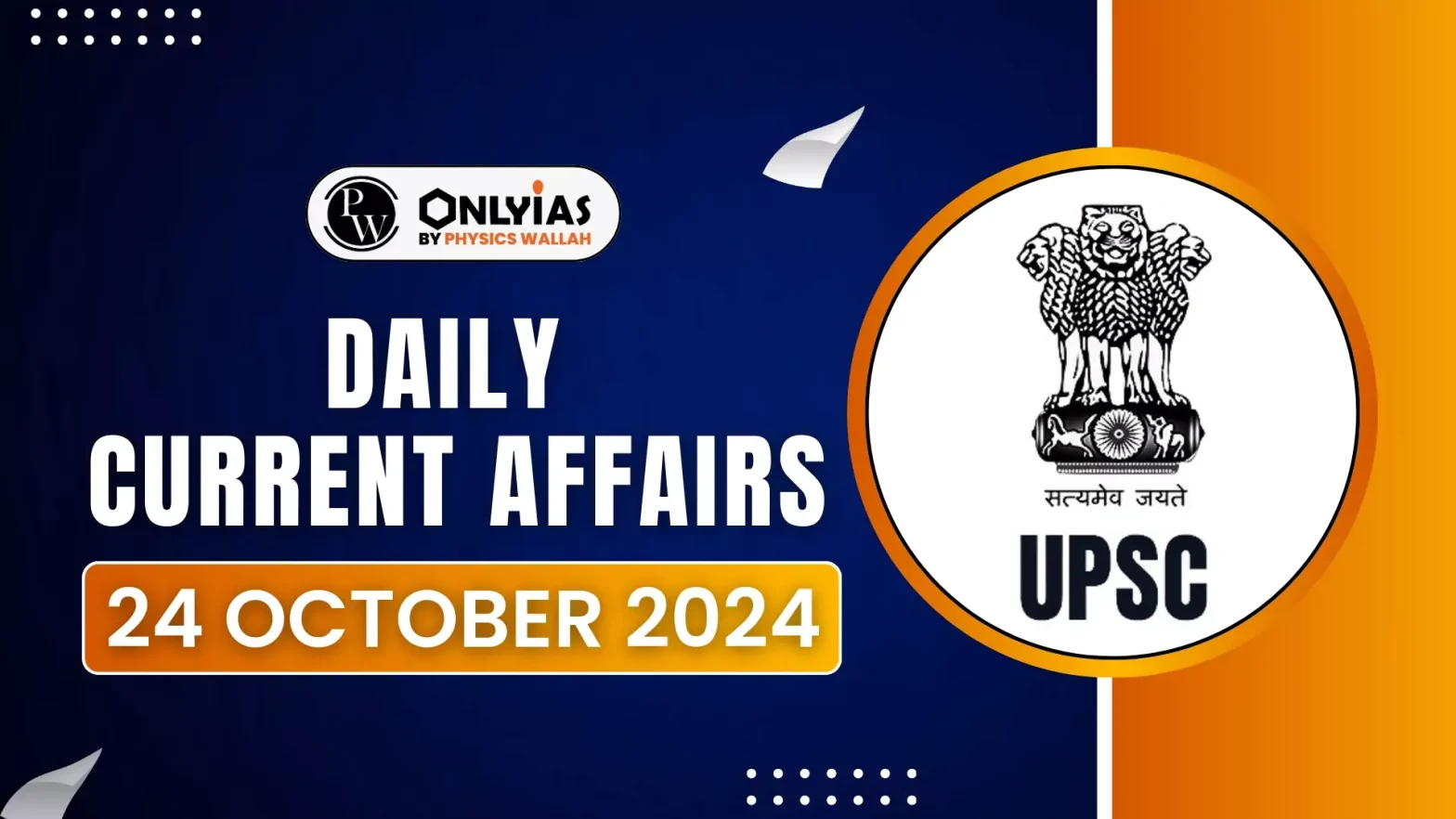International Incoming Spoofed Calls Prevention System
Context: International Incoming Spoofed Calls Prevention System has been launched collaboratively by the Department of Communications (DoT) and Telecom Service Providers (TSPs).
Background

- Cybercriminals are manipulating the Calling line identity (CLI) or commonly known as phone number to make international calls appear as if they originate from within India (e.g., +91-xxxxxxxxx).
- Spoofed calls have been used in various scams, such as:
- Financial Scams: Impersonating officials or relatives for unauthorised payments.
- Extortion: False accusations to extort money or coerce victims etc.
About the International Incoming Spoofed Calls Prevention System
- Aim: To track and block international calls disguised as local Indian numbers.
- The implementation of this system is expected to lead to a significant reduction in spoofed calls using +91-xxxxxxx numbers for Indian telecom subscribers.
- It marks a significant step in the Department of Telecommunications’ (DoT) efforts to protect citizens from cybercrime and financial fraud.
- Within 24 hours of its implementation, the system identified and blocked 1.35 crore spoofed calls, representing 90% of all international calls posing as Indian numbers.
Enroll now for UPSC Online Course
Other Initiatives by the Department of Telecommunications to protect citizens from cyber-crime
- Chakshu Facility: Chakshu facilitates citizens to report suspected unsolicited fraud communications, including calls, SMS, or WhatsApp, that involve cybercrime, financial fraud, impersonation, or misuse targeting telecom users.
- Sanchar Saathi Platform: Sanchar Saathi, a citizen-centric initiative by the Department of Telecommunications, empowers mobile subscribers by enabling them to:
- View mobile connections issued in their name
- Disconnect unwanted connections
- Block or trace lost phones
- Verify the authenticity of devices when purchasing new or used phones.
- Cybercrime Reporting Helpline (1930): A dedicated helpline for reporting cybercrime incidents.
Amazon Future Engineer Program’ For Eklavya Model Residential Schools
Context: The National Education Society for Tribal Students (NESTS), in collaboration with Amazon, launched the third phase of the ‘Amazon Future Engineer Program’ in 50 Eklavya Model Residential Schools (EMRS).
About Amazon Future Engineer
- It is a comprehensive childhood-to-career program aimed at increasing access to computer science education for children and young adults who typically lack these opportunities.
- Focus States: Andhra Pradesh, Gujarat, Karnataka, Madhya Pradesh, Odisha, Telangana and Tripura.
- Focus Areas: The new phase includes training on blockchain, artificial intelligence, coding, and block programming.
- Empowerment of Tribal Educators: Emphasis on equipping tribal educators with necessary skills to teach emerging technologies.
About National Education Society for Tribal Students (NESTS)
- It is an autonomous organisation that has been set up under the Ministry of Tribal Affairs.
- Aim: To foster technological literacy among tribal students, preparing them for future careers in STEM fields and contributing to India’s technological advancement.
Barberton Greenstone Belt, South Africa
Context: Scientists studied an ancient meteorite impact in the Barberton Greenstone Belt (BGB) that acted like a “fertiliser bomb.”
Historical context
- A meteorite, 50-200 times bigger than the one that wiped out the dinosaurs, struck Earth about 3.26 billion years ago.
- It landed in the Barberton Greenstone Belt, South Africa, triggering widespread destruction.
- The meteorite brought essential nutrients like phosphorus and iron, which boosted microbial life.
- Phosphorus aided genetic processes, while iron-rich waters supported energy sources for microbes.
- It also mixed iron-rich deep waters with shallower waters, creating a suitable environment for microbial growth.
Check Out UPSC CSE Books From PW Store
About Barberton Greenstone Belt
- Location: Eastern edge of the Kaapvaal Craton, South Africa
- Key Features:
- Gold deposits: Rich in gold mineralization.
- Komatiites: Contains unique ultramafic volcanic rocks.
- Ancient rocks: Contains some of the Earth’s oldest rocks, over 3.6 billion years old, found in the Barberton and Eswatini areas.
- Early life evidence: These rocks hold some of the earliest traces of life on Earth, second only to the Isua Greenstone Belt in Greenland.
- Makhonjwa Mountains: Form 40% of the Barberton Belt.
- Significance:
- Understanding Earth’s early history: Provides insights into the planet’s formation and evolution.
- Mineral resources: Important source of gold and other valuable minerals.
- Studying life’s origins: Offers clues about the emergence and development of early life forms.
![]() 24 Oct 2024
24 Oct 2024


